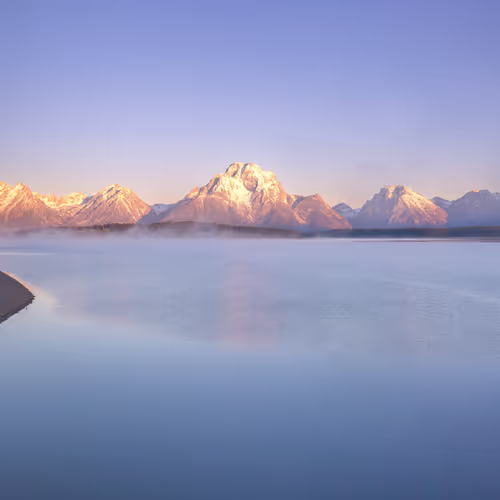“Wilderness without wildlife is just scenery,” Lois Crisler --
I have spent a lot of time lately thinking about my art and why I spend so much time in wild places. It is where I feel most at home and find true peace and joy. It is why I fell in love with wildlife and nature photography; it is who I am. I have increased my efforts to use my photography, writing, and energy toward fighting to protect our public lands and endangered and threatened species in the Greater Yellowstone Ecosystem. I will also work anywhere else I can as we, conservationists, face the new administration's stance on our environment. We may lose protection through both the Endangered Species Act (ESA) and the National Environmental Policy Act (NEPA), among others., but if we band together, we can continue to protect the species.
Grizzly bears are my favorite species, and I love nothing more than watching and photographing them in their natural habitat. Cubs are always a bonus, as they are so playful and incredible to watch as they interact with each other and their mother. In early June 2024, in the northwest corner of Yellowstone, I spent an amazing two hours with a sow grizzly and her three yearling cubs. It was an experience I will never forget, and I will do everything I can to protect them.
As I reminisce about these moments, I constantly think about grizzly bears and all that has gone into creating a viable population in and around Yellowstone over the last 50 years. These bears have been protected, and hunting them is illegal as they are designated a threatened species by the ESA. They have also continued to have this protection thanks to NEPA, which requires federal agencies to use the best available science to assess the environmental impact of proposed actions. This has protected grizzly bear management from being turned over to the states of Wyoming, Idaho, and Montana, which all want to allow trophy hunting and urban sprawl. There is a good chance their protection will change in the next couple of years, and if so, grizzlies who are unaware of invisible national park boundaries and have been protected for 50 years, could cross that line and be immediately hunted for trophies. They already face numerous challenges due to humans that end in death for many due to increased urban sprawl and more frequent traffic accidents, climate change's impact on pine bark cones/seeds and fish they eat, getting euthanized after coming into contact with human attractants, and more.
This image is 16x9 formatted and ready for displays and White Walls app.
